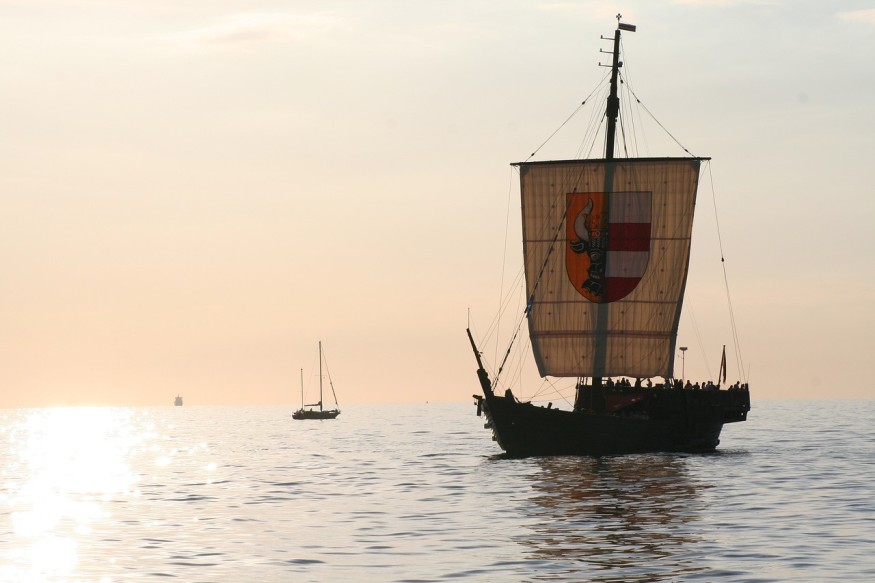A burial mound in Heath Wood, England, not only houses the cremated bones of Vikings from the 9th century, but also the cherished animals they brought from Scandinavia.
New research indicates that, when the Vikings traveled west to England over a millennium ago, they carried their animal companions with them and even burned their carcasses alongside human ones in a burning bonfire before burying them together.

Viking Burial Mound in England
The Anglo-Saxon Chronicle, which is a set of historical records written in the Old English language from centuries ago, reports that the Viking Great Army invaded the southern coast of England in 865. By 873, they reached the village of Repton in which a few miles from it lies a cemetery now known as the Heath Wood.
According to Live Science, archaeologists found 59 separate burial mounds at the site and excavated 20 of them, wherein they found Scandinavian grave goods that include swords, shields, and remains of people.
In the paper, titled "Sr analyses from only known Scandinavian cremation cemetery in Britain illuminate early Viking journey with horse and dog across the North Sea" published in the journal PLOS One, the team reported their analysis of six humans and animals cremated together to understand where they came from.
Mixed in the remains of humans were bones of a horse, a dog, and what they believed to be a pig. They used chemical analysis on the burned bones to study the strontium isotopes that will reveal where a person or animal lived when they were still alive.
They discovered that the three animals and one of the adults were not born and raised in England but suggested they sailed west and brought the animals with them. The findings provide the first evidence of migration in the late 9th century of people and their animals across the North Sea from Scandinavia to England.
Vikings Had a Close Relationship With Animals
Before the discovery, experts thought that invading Vikings have mostly stolen livestock from British communities. But the findings show that the warriors had a strong relationship with animals that they even traveled with them.
Tessi Löffelmann, a doctorate researcher from Durham University and Vrije Universiteit Brussels, told BBC News that cremated animal and human bones were unearthed in the burial mound in Heath Wood where they were buried together. It implies that the species had particular importance and were burnt on a similar funeral pyre as the warriors.
She explained that animals were treated like companions for economic reasons. The findings were quite moving and it implies that previous researchers have underestimated how important animals were to Vikings.
The horses and hounds would have traveled across the North Sea aboard Viking longboats, which may have taken many weeks. She added that those animals were a lot smaller back then than they are today, which might have made their voyage a little more comfortable even if it is still undoubtedly damp and miserable.
Professor Julian Richards, co-director of the excavations at the University of York, stated that this is the first scientific confirmation that Viking warriors were delivering horses to England 200 years ago as depicted in the Bayeux Tapestry that shows Norman cavalry disembarking horses from their fleet.
It demonstrates how much Viking chiefs cherished their horses and hounds, which they imported from Scandinavia and sacrificed to be buried with their owners.
RELATED ARTICLE: Viking Stock: Norse Horse Can Withstand Iceland's Elements All Year-Round
Check out more news and information on Archaeology in Science Times












